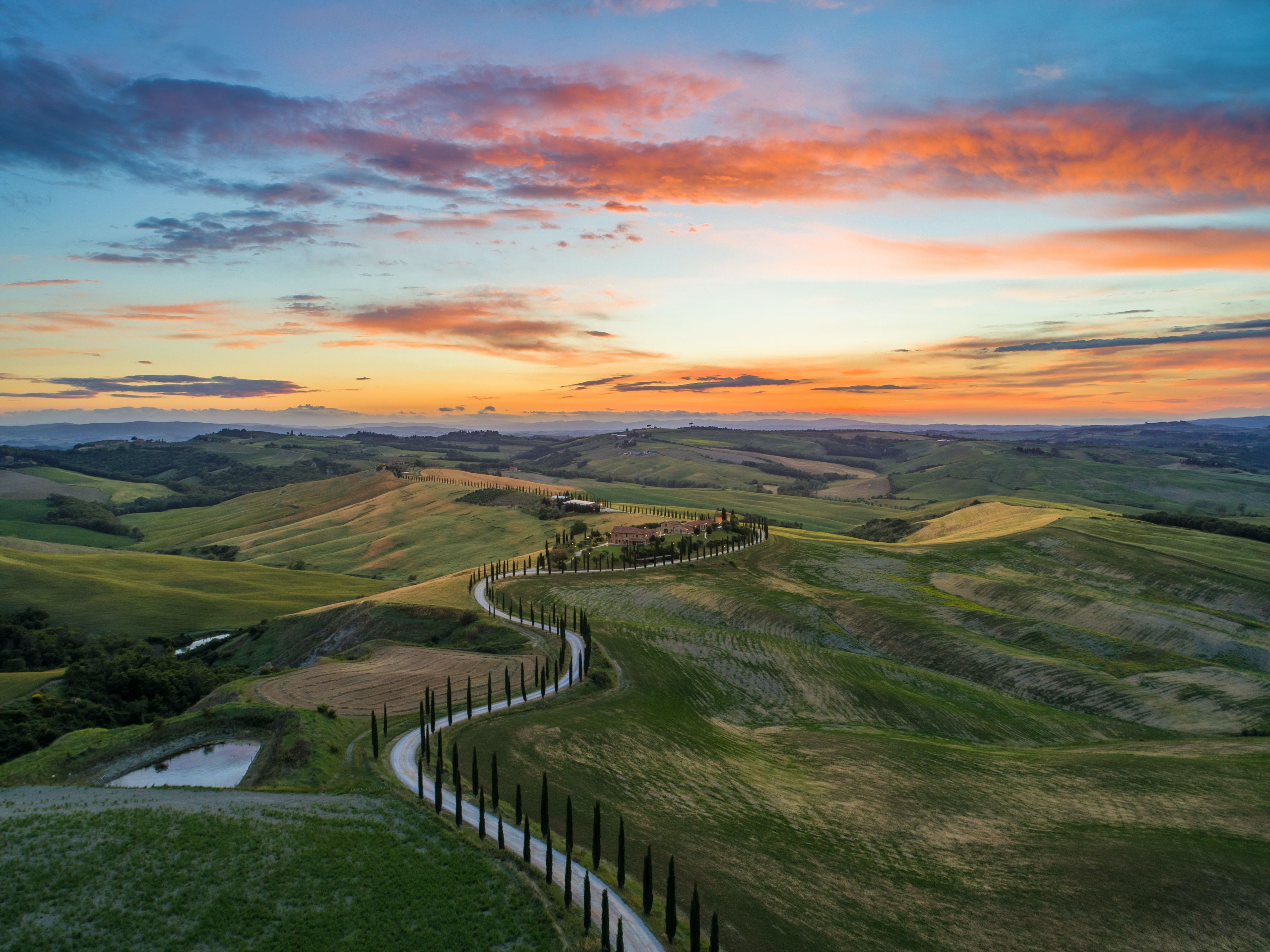How Ancient Italians Formed Cities
Etruscan nucleation explored by archaeologists

A new paper, published by an interdisciplinary team of researchers led by Cambridge Archaeologists, fills a gap in our understanding of the biological and consequently cultural life of the early urbanites of central Italy.
This research is centred on the process of nucleation; of groups of people coming together in a single place over time to develop what we now think of as cities.
The colourful cultural, allegedly mysterious, achievements of the Etruscans are well known from tombs and temples, alongside their evocative material culture that fill international museums including the Cambridge-based Fitzwilliam Museum, but information from the life and earth sciences is fresh and novel, providing direct access to the lives of the people who made the cities.
Simon Stoddart says, "Recent research is uncovering a fascinating narrative of the biological life of the Etruscans, their plants and animals, parallel to the celebrated cultural histories."
"The biological make-up of the early inhabitants suggests that they were very cosmopolitan, with ancestors from as far away as the Baltic and the Near East," Emily Breslin, Trinity College, Dublin.
This new research fills this gap in our understanding of the cultural life of the early urbanites of central Italy. The team responsible was made up of researchers covering landscape archaeology, aDNA, isotopes, plants, animals and geoarchaeology in pursuit of an updated understanding of the processes of nucleation in central Italy in the pre-Roman period.
Surprisingly, this new evidence shows that whereas early plant agriculture was important, the input of manure and irrigation was limited, whilst the use of tree crops steadily increased over the first millennium BC.
Similarly, the changes in animal husbandry were gradual, marked by an increase in pig production, and the introduction of chicken at the end of the millennium.
Gianbattista Marras, University of Aarhus, says, "Current evidence indicates that the impact of the Etruscans on their landscape was relatively modest compared with the Romans who followed."
Although fresh work by the Science@Tarquinia project will test this idea during fieldwork this coming September in the Tarquinia region, involving key members of the research team (Schmidt, Zeviani, Marras) and Tim Kinnaird from St. Andrews in Scotland. This forms part of a collaboration with the University of Milan (PI: Giovanna Bagnasco; Field Director: Matilde Marzullo).
"Our current hypothesis drawn from more that 30,000 carbonised seeds found in
Tarquinia is that Etruscan farmers grew their crops in the Marta river plain," Frijda Schmidt, University of Cambridge.
The core team includes Simon Stoddart (University of Cambridge), Carmen Esposito, Fanny Gavériaux, Gianbattista Marras, Laura Motta (University of Michigan), Frijda Schmidt, and Camilla Zeviani. The research was enriched by links to Michigan, Bologna and France, supplemented by research from London (Ornella Prato) and Ireland (Emily Breslin in Trinity College Dublin and Rowan McLaughlin in Maynooth).
This research was funded by the Deutsche Forschungsgemeinschaft (DFG, German Research Foundation) – Project-ID 290391021 – SFB 1266, a Humanities and Social Sciences International strategy award of the University of Cambridge, the European Union’s Horizon Europe Research and Innovation programme under the Marie Skłodowska-Curie Actions PF (GA no.101065320 — TULAR) and the McDonald Institute for Archaeological Research at Cambridge.
Published 5 August 2025
The text in this work is licensed under a Creative Commons Attribution 4.0 International License




